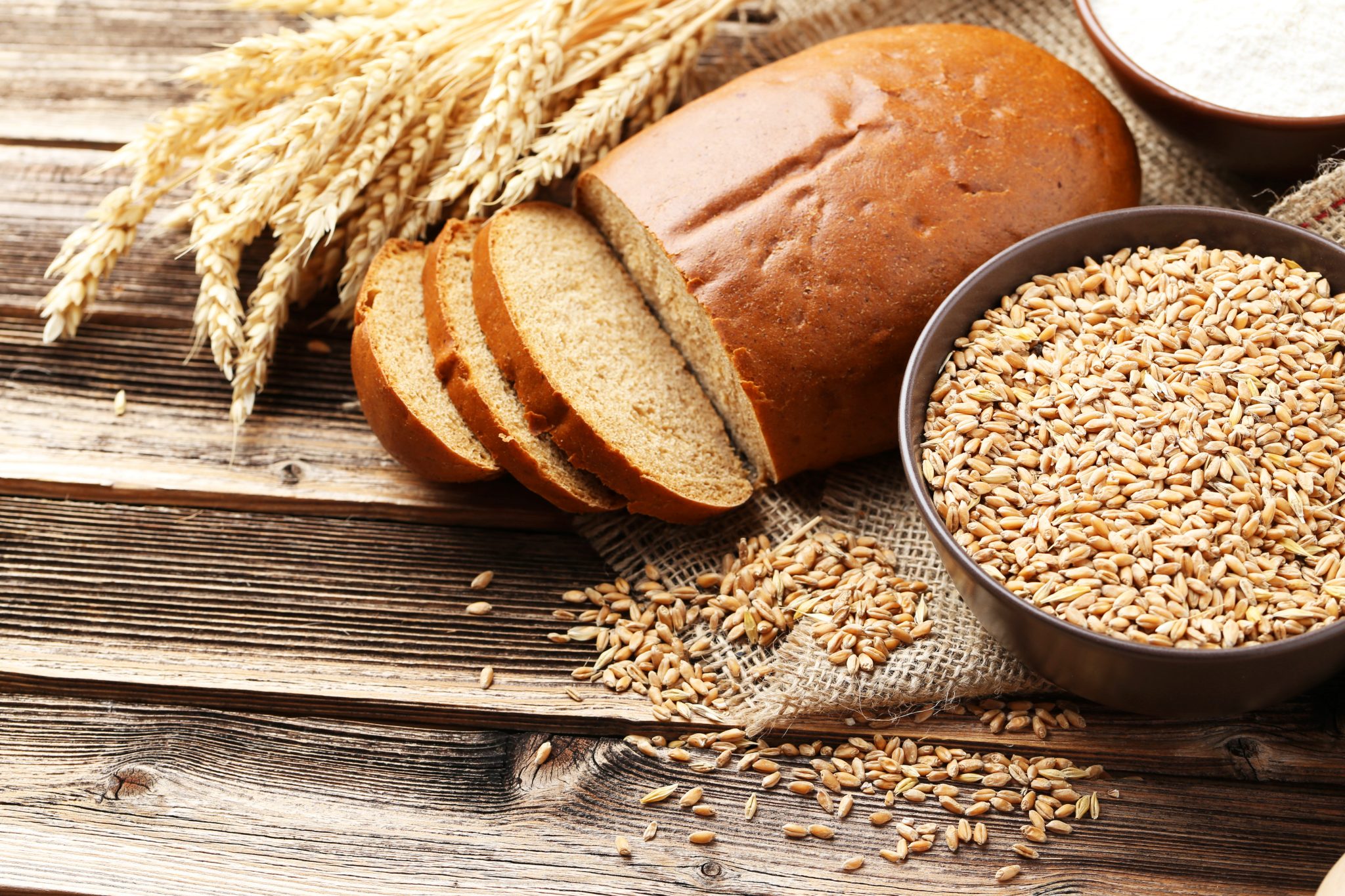
All You Need to Know About Gluten
What’s the deal with gluten? So many people these days seem to be going gluten-free, and many patients ask if they should as well. For decades in the Western medical field, it was believed that an individual either tests positive for celiac disease and has an allergy to gluten, or you test negative and do not need to avoid food containing gluten. However, ongoing research combined with many patient testimonials show that it is possible to have gluten intolerance symptoms without having celiac disease. The term now used for gluten intolerance is non-celiac gluten sensitivity (NCGS).
What is Gluten?
Gluten is a type of protein found in certain grains including wheat, barley, and rye. Unfortunately, gluten is often found in other grains like oats, quinoa, rice or corn which are usually contaminated through modern food-processing techniques by using same equipment used to process wheat. Gluten is also used to make many highly processed additives that are found in foods. These include salad dressings, certain condiments, deli meats, and candy.
Symptoms of NCGS can include:
- Digestive and IBS symptoms, including abdominal pain, cramping, bloating, constipation or diarrhea
- Brain fog, difficulty concentrating and trouble remembering information
- Frequent headaches
- Mood-related changes, including anxiety and increased depression symptoms
- Ongoing low energy levels and chronic fatigue syndrome.
- Muscle and joint pain
- Numbness and tingling in the arms and legs
- Reproductive issues and infertility
- Skin issues, including dermatitis, eczema, rosacea and skin rashes
- Nutrient deficiencies, including anemia or iron deficiency
Antinutrients
Gluten is considered an “anti-nutrient,” meaning it is very hard for most individuals to digest, whether they are gluten-intolerant or not. Anti-nutrients are substances naturally found in plant foods, including grains, legumes, nuts and seeds. Plants use anti-nutrients for a built-in defense mechanism, as they are unable to defend themselves from predators by escaping.
Gluten is one type of anti-nutrient found in grains that has these effects when consumed:
- Interfering with the gut micro-biome, causing bloating, gas, constipation, and diarrhea
- Causing damage to the tight junctions in the gut lining, causing “leaky gut syndrome” and autoimmune reactions
- Binding to certain amino acids (proteins), essential vitamins, and minerals, making the body unable to absorb them
Natural Treatment Plan for Gluten Intolerance Symptoms
Following the Elimination Diet is really the best way to test your own reaction to gluten. The Elimination Diet can help determine whether your symptoms are due to consuming gluten. This diet removes gluten from the diet for at least 4-6 weeks, providing alternative suggestions. If symptoms improve during the elimination period but reappear once gluten is consumed, you can safely assume gluten is negatively affecting your body.
The best way to start an Elimination Diet is consulting with a Nutritionist to better help you learn which foods and nutrients you need to use to replace which foods you need to remove from your diet. It is also important to keep in mind that gluten is not the only thing that can cause digestive issues. We can work together to resolve the underlying cause of your symptoms, so that you can feel your best. Give us a call now to learn more about the Elimination Diet and what steps you need to take to get your health back in order!


